Light Fix'r Swap: Electrical Box: No Place For Grounding Wire?
Elizabeth H
5 years ago
Featured Answer
Sort by:Oldest
Comments (27)
toxcrusadr
5 years agolast modified: 5 years agoElizabeth H
5 years agoRelated Discussions
Do Electrical Switches Need to be Grounded?
Comments (7)zver11: thanks for your post. I ended up having an electrician come in & light switches DON'T need to be grounded - receptacles DO. She replaced the switch in about 5 minutes. I was correct that there was no problem with the LED 'pot' lights (thank goodness); it was just a faulty switch. The reason I couldn't figure it out was that the wire I thought was white was spray painted! She scraped all the paint off and she put plastic?rubber? little square 'washers' under all the screws. I'm happy & it was an inexpensive fix and now I have peace of mind as well as light!...See Moreelectrical wiring question
Comments (2)Basic electric circuits. Try the book WIRING SIMPLIFIED available at Home Depot and other places. Always switch the HOT (black from the source) side. White from the light to White from the source. Black from the source to white from the switch Black from the switch to Black to the light. If you still want the unswitched vanity, connect it's white and black to the source white and black....See Morewiring non-gfci in gfci outlet box (i know, flame suit on!)
Comments (11)Thanks guys. The system consists of autonomous switch replacements throughout the house which 'listen' for pulses sent along the neutral line. Technology is called UPB and is very common in home automation. Effectively this would be like installing a nightlight replacement in the outlet or something like that. Very low power draw device that does not control any load. Admitted I don't understand the inner workings of the GFCI system. Home is 3 years old and there are probably 12 GFI outlets throughout the kitchen and island area. I just wanted to pull power from one of them, hoping to simply 'jump' or connect the gfci from this outlet as if it were never there. I appreciate the advice and warnings though. I certainly have no desire to make the home unsafe....See More1960s House Wiring No Ground Wire
Comments (22)It's a hazard and so blatantly wrong, that if you're even considering it you have no business even taking coverplates off. 250.130 would be a good place to start but it's probably in violation of a ton of other articles as well. About the only time you can use the grounded conductor to carry the equipment ground is a few grandfathered cases for stoves and electric clothes dryers....See MoreElizabeth H
5 years agoDavidR
5 years agolast modified: 5 years agokudzu9
5 years agoElizabeth H
5 years agomtvhike
5 years agoDavidR
5 years agotoxcrusadr
5 years agogreg_2015
5 years agolast modified: 5 years agoDavidR
5 years agotoxcrusadr
5 years agomtvhike
5 years agogreg_2015
5 years agoDavidR
5 years agomtvhike
5 years agogreg_2015
5 years agoDavidR
5 years agomtvhike
5 years agoLaura C
2 years agokudzu9
2 years agolast modified: 2 years agoLaura C
2 years agokudzu9
2 years agoLaura C
2 years agokudzu9
2 years agolast modified: 2 years agoLaura C
2 years ago
Related Stories
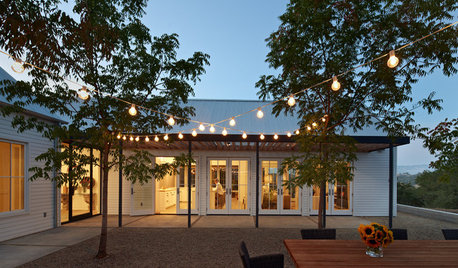
GARDENING AND LANDSCAPINGSpring Patio Fix-Ups: 6 Ways to Light Your Outdoor Room
Let the good times roll well into the evening with string lights, sconces, pendants and more to illuminate your patio or deck
Full Story
DIY PROJECTSHow to Fix Up a Thrifted Lamp
Save money and earn DIY cred by rewiring and snazzing up a damaged lamp you scored on the cheap
Full Story
ACCESSORIESHow to Hide Those Messy Wires
Untangle Yourself From Ugly Electrical Cords With a Few Tricks and Accessories
Full Story
DECORATING GUIDESHow to Use Mirrors for More Light and Style
A well-placed mirror gives a room sparkle, surprise and a bright, open feeling. Here are 15 clever ideas to try in your own house
Full Story
WORKING WITH PROSWhat to Know About Installing Recessed Lighting
Find out what can-light installation costs, how long it takes and what types of lights would work for your home
Full Story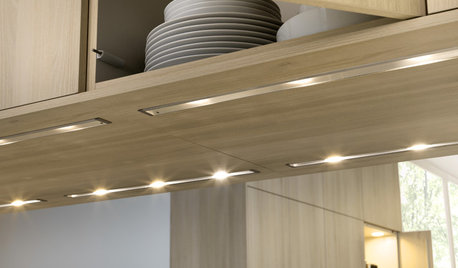
LIGHTINGWhat to Consider When Lighting Your Home
A designer offers a few illuminating insights on this key design element
Full Story
DECORATING GUIDESTricks to Hide Light Switches, Outlets and Toilet Roll Holders
Embrace camouflage and other design moves to make these eyesores virtually disappear
Full Story
GREAT HOME PROJECTSLight Your Landscape for Drama and Function
New project for a new year: Install outdoor lighting to highlight special features and keep nighttime walks safe
Full Story
CONTEMPORARY HOMESHouzz Tour: Dappled Light Inspires Artistic Wrapping
Cor-Ten cut with circles mimics the effect of a massive pine tree’s canopy, for a striking look inside and out
Full Story
GREEN BUILDINGThe Big Freeze: Inventors Break New Ground to Keep Things Cool
Old-fashioned fridges can be energy guzzlers, but there are more eco-friendly ways of keeping food fresh, as these global innovations show
Full Story


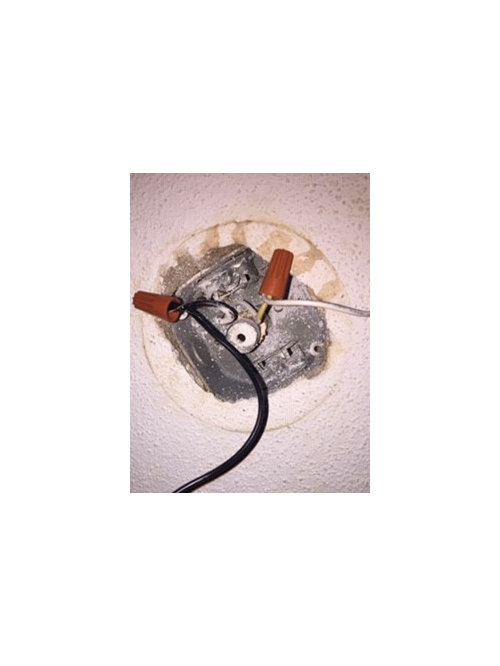

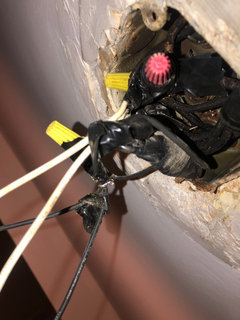

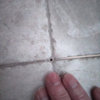

Joe T.